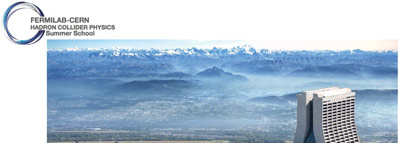NOTE: Closed-toe shoes are required; no sandals are allowed!
D0
DZero is one of two detectors at Fermilab where the proton/anti-proton collisions took place in the Tevatron. The Tevatron was the world's largest accelerator until the startup of the Large Hadron Collider at CERN. Coordinated by Stefan Gruenendahl.
NuMI Underground (MINOS)
Travel 300 feet underground into the NuMI tunnel and check out the MINERvA and MINOS near detectors. Learn about neutrino beams and long-baseline experiments. Coordinated by Bill Lee.
G-2
Using a 50-foot-diameter superconducting muon storage ring, scientists will accelerate an intense beam of muons to determine the value of a property known as the g-2 of the muon. Coordinated by Aria Soha and Jerry Annala.
Test Beam Facility
The Fermilab Test Beam Program provides flexible, equal, and open access to test beams for research and development of detector technologies. The facility uses two versatile beamlines to provide beam in a multitude of particle types and a range of energies, with which users can test equipment or detectors. Coordinated by Aria Soha.
Silicon Detector (SiDet) Facility
The 500-megapixel Dark Energy Camera that is now mounted on a telescope in Chile was built in the Silicon Detector Facility. Today the SiDet facility contains cleanrooms and laboratories for assembly and testing of detectors for both high energy physics and astrophysics experiments. Coordinated by Gino Bolla.
Accelerator Source and Main Control Room
This tour describes how hydrogen atoms from a tank are eventually accelerated to 99.999% of the speed of light, and eventually sent to the experiments for use. Highlights the Linac and Cockroft-Walton accelerators, and the operators who control the beam.
